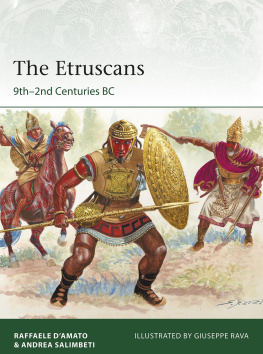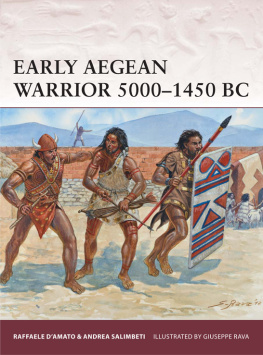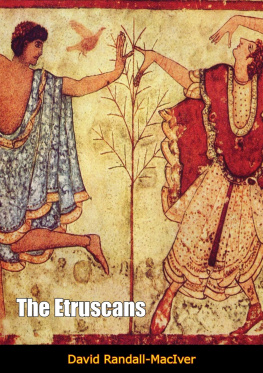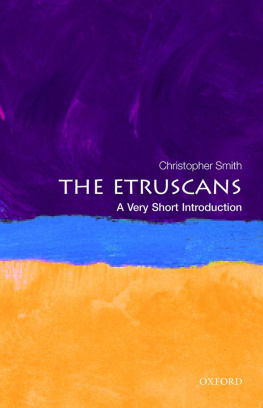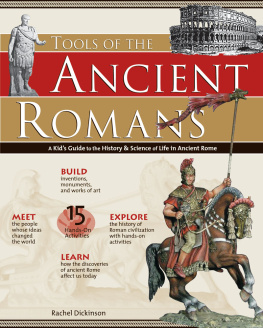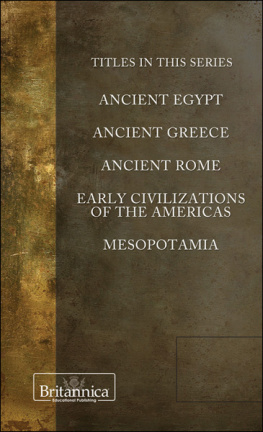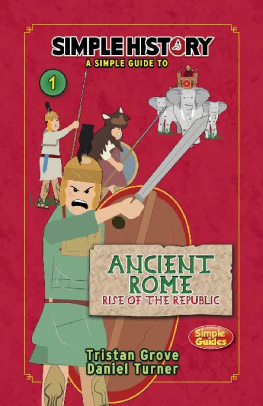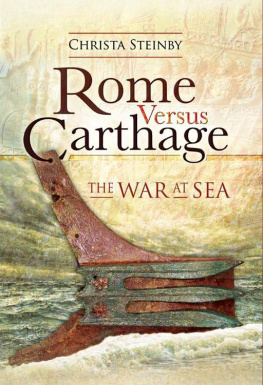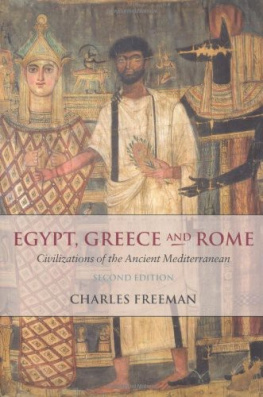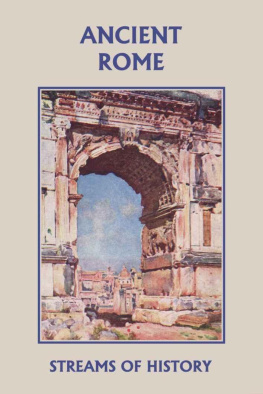THE ETRUSCANS
9th2nd CENTURIES BC
HISTORICAL INTRODUCTION
Dazzled by Imperial Rome, we may often forget its deep roots in the Etruscan world. The Rasenna, as they called themselves, were the most brilliant culture of North-Central Italy in the 1st millenium BC; their civilization extended from the Po Valley down to the boundaries of ancient Latium, especially between the 7th and 5th centuries BC. From the outset, Etruscan culture appears to have been distinct both from that of the contemporary Greek diaspora by which it was, nevertheless, deeply influenced and also from that of the Romans, though they in turn absorbed much from the people they called the Tusci.
The origins of the Etruscan peoples are still debatable. According to Herodotus (I, 94) and Hellanicus (Dionysius, I, 28), they came from Lydia in Eastern Asia Minor, under a leader named Tyrrhenus, and colonized the fertile Italian region facing the Tyrrhenian Sea. Some scholars link them with the migration of the Sea Peoples called Tr.w, from Anatolia and the Aegean, who are mentioned in Greek sources as Tyrsenoi. In the late 1st century BC, on the other hand, Dionysius of Halicarnassus (I, 25ff) claimed that the Etruscans were an ancient indigenous population, unlike the Romans (who stemmed from a mixture of different peoples of Greek origin); he stresses the uniqueness of their customs and language compared to other Italic populations. Many scholars consider the Etruscans to be a local evolution of the Italic indigenous population, who, from the time of the bronze culture commonly called the Villanovan, created under cultural influences from Greece and even the Levant a distinct civilization.
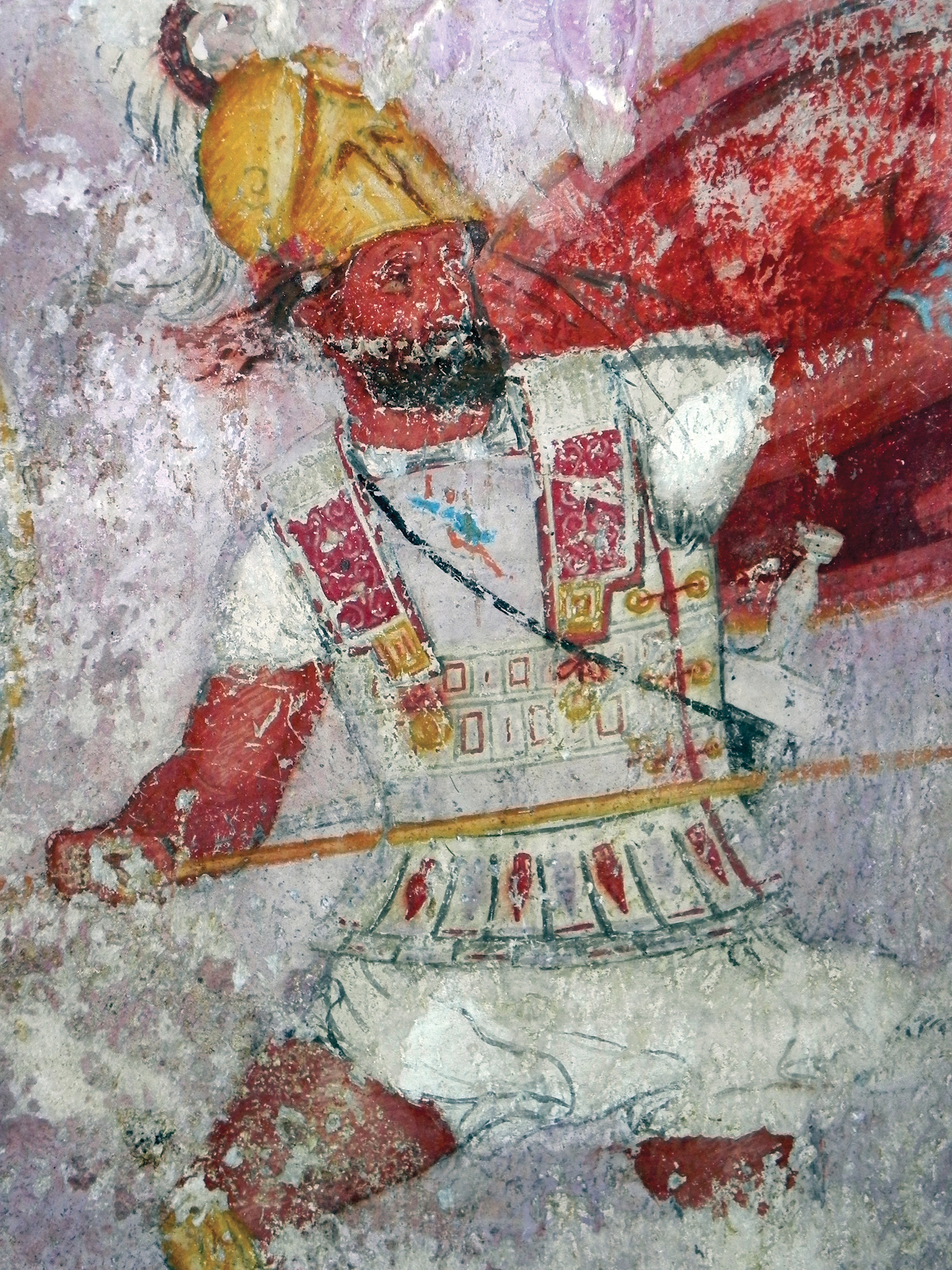
Etruscan lord or dynotatos, as depicted on the 4th-century BC Amazons Sarcophagus from Tarquinia ancient Tarchuna. He wears a Pseudo-Corinthian helmet, and a linothorax linen corselet apparently with metal reinforcement on the shoulder-guards. He wields a spear and a hplon shield; note also the sword hilt, and (left of it) the artists detailing of the fastening up the left side of the corselet. (Archaeological Museum, Florence; authors photo, courtesy of the Museum)
It is probable that the Etruscan civilization was an exceptional blend of cultural influences from outside (the Mediterranean and Central Europe) with a local ethnic group, invigorated by the influx of several minorities from the Aegean Sea and Asia Minor. According to tradition (Strabo, V, 519; Cato, Fr. 45 P; Lycophr., Alex. 12481249 cum scolio), the origin of the Etruscan entity should be ascribed to Tarchon, identified with Tyrrhenus, and therefore to the city of Tarch(u)na (Tarquinia), considered by Verrius Flaccus (Res Etruscae fragment 1P) to be the original of what became the 12 Etruscan cities of the so-called Dodecapolis. The historical memory of consanguinity among the Etruscans and the Tyrrenoi who, in the 6th century BC, still inhabited the Aegean and Anatolian coasts, was strong. It has recently been supported by studies of similarity of languages (e.g. the pre-Greek of the island of Lemnos), and by comparison of the DNA of Tuscan populations with that of some Anatolian groups.
What is certain is that, after the Bronze Age, the Etruscan communities, independent but united in a confederation of 12 cities, dominated the political life of todays central Po Valley, Tuscany, Umbria and Lazio, and achieved supremacy over Rome in about the 6th century BC. Their maritime activity also brought them control of the main trade routes. In a battle of uncertain outcome, off the coast of Corsica in around 540 BC, an alliance of Etruscans and Carthaginians stopped the threat posed by the rival Phocean Greeks founders of early 6th-century Massalia and Alalia to the commercial expansion of coastal Etruria. In the early 5th century Etruscan maritime power and trade appear still to have been in the ascendant, but shortly afterwards the situation changed radically: Etruscan dominance at sea was broken in 474 BC by a heavy naval defeat off Cumae, inflicted on the fleet of the southern coastal cities by the triremes of Hieron of Syracuse.
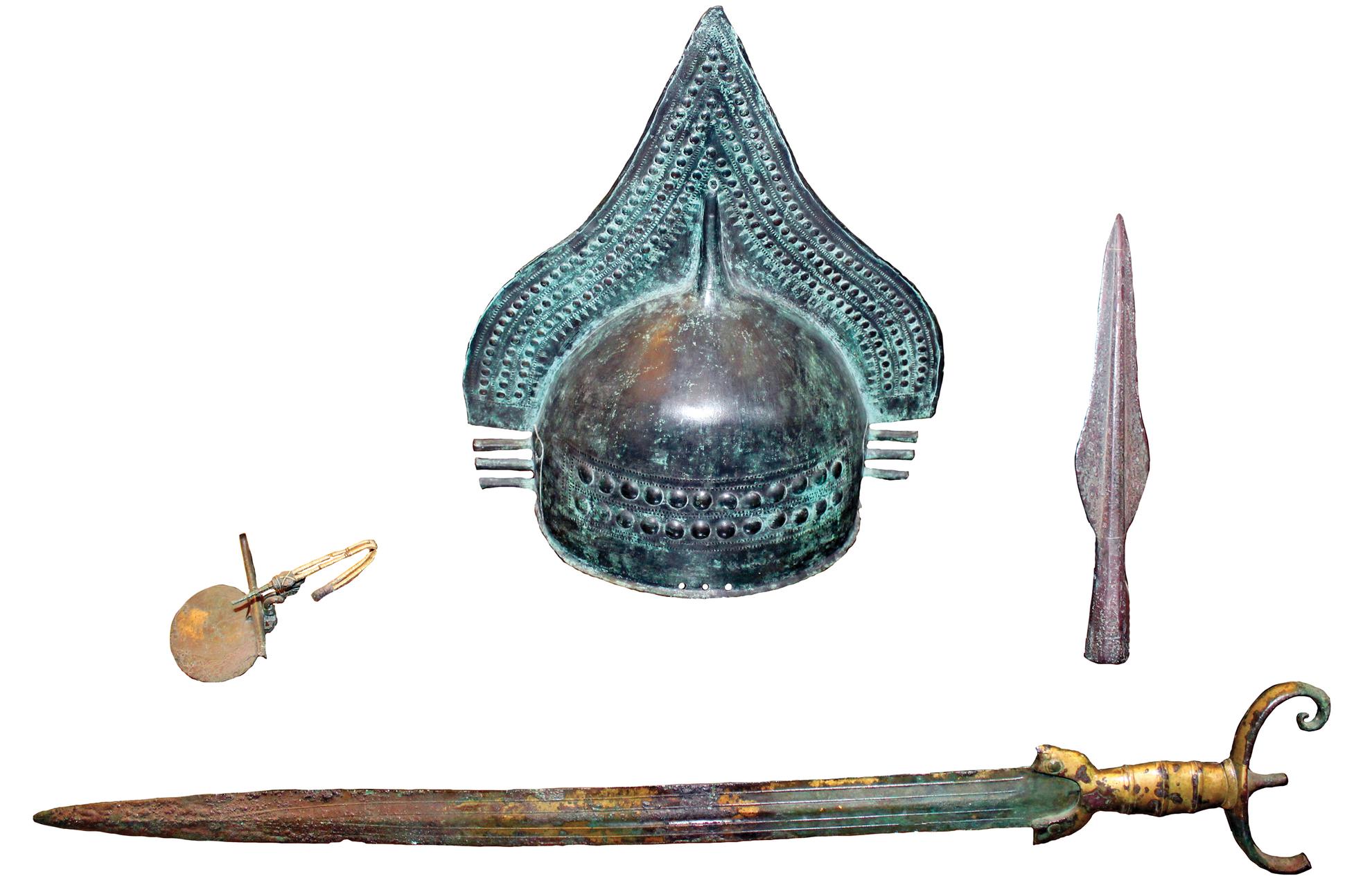
Equipment of an aristocratic warrior, late 9th century BC, from grave Monterozzi 3, Arcatelle necropolis, Tarquinia. These splendid finds are a Villanovan bronze crested helmet, a spearhead, an antennae sword, and a fibula brooch. (National Archaeological Museum, Tarquinia; authors photo, courtesy of the Museum)
The expulsion of the Etruscan kings from Rome, and the successive conflicts with the Res Publica, marked the beginning of the long twilight of the Rasenna. During the 4th and early 3rd century BC the Romans expanded slowly but relentlessly into Etruscan territory. In the second quarter of the 4th century Romes principal enemy was the city of Tarquinia, while other cities of the Dodecapolis confronted the Romans from time to time in a subtle game of alliances and rivalries. In 359 BC the Tarquinii invaded Roman Etruria, soon being joined by the city of Falerii Veteres and within two years by the other central Italic Etruscan cities. After a fierce war the Romans prevailed, conquering both the Tarquinii and Falerii. Constant attrition with Gauls from the north and Latins from the south gradually wore the Etruscans down, and their military power and aspirations were eventually crushed by the Romans at the battles of the Vadimonian Lake (310 BC; Livy, IX, 39, 11) and Sentinum (295 BC). The Romans completed the final conquest of Etruria with the destruction of Volsinii in 264 BC.
However, when the Etruscans were absorbed by the Romans in the 2nd century BC the latter were already using symbols of power and political institutions inherited from their former enemies, and in the 1st century BC many noble Roman senatorial families proudly claimed ancient Etruscan origins.
CHRONOLOGY (BC)
900750
Etruscan proto-history (Villanovan culture): formation of the early Etruscan peoples and their settlements, among which the powerful Veii, Velch (Vulci) and Tarquinii dominated their surrounding areas. The 8th century saw the development and economic growth in South Etruria of centres such as Kaisra (Caere, Cerveteri).
750600
The Orientalizing Period: trade and wars with Greeks, Cypriots and Phoenicians. Formation of the archaic Etruscan culture and powerful urban aristocracy; flourishing of Vatluna (Vetulonia), and constitution of the Etruscan Dodecapolis.
According to Ephorus (Strabo, VI, 267), the Sicilian coasts are infested by Tyrrhenian pirates.
Pitched battle near Fidene between the Romans led by Tullius Ostilius and a coalition of Etruscans, Fidenates and Albani.
600480
The Archaic Period: expansion of Etruscan political domination.
616509
Etruscan kings rule over Rome.
Naval battle of Alalia, between Etruscan/Carthaginian fleet and Phocean Greeks.
509 et seq
Expulsion of the Etruscan kings from Rome. Attempt by the Tarquinii family to restore their rule with the help of cities of Tarquinia and Veii; Porsenna, lucumo (king) of Clevsi (Clusium, Chiusi) temporarily restores Etruscan domination over Rome.
Beginning of the Etruscan twilight.

